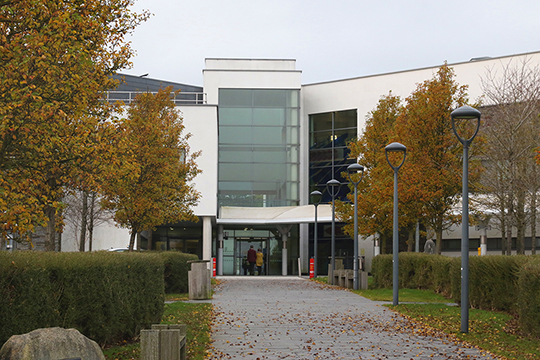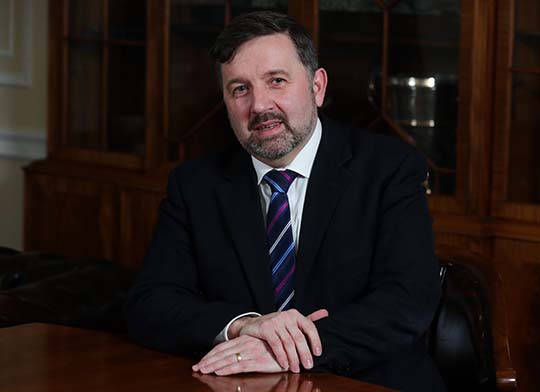Cataract patients are set to benefit from a new ‘one-stop see and treat’ service model at the Downe Hospital.
The new model being piloted by the South Eastern HSC Trust is part of a wider programme to address waiting times for cataract patients across Northern Ireland.

Outlining the work being taken forward, Health Minister Robin Swann, said: “While the pandemic has inevitably exacerbated our waiting lists we are beginning to see some services, such as cataract day procedures return to pre-Covid levels.
“Additionally, we are also introducing new ways of working, as demonstrated through the new model at the Downe Hospital which is operating seven days a week. So while patients may have to travel a bit further for their day surgery, or attend a weekend appointment. The clear trade off will be a significant reduction in the time spent waiting for that surgery.”

The Health Minister continued: “Earlier this month I announced a new Elective Care Framework for Northern Ireland, setting out a detailed roadmap for tackling our shocking hospital waiting lists.
“As part of this work, we’ll also see the introduction of mega-clinics for cataract assessments by September. In addition, funding has recently been made available to see and treat in excess of 1,300 patients with cataracts through the independent sector.
“I fully appreciate that too many people are waiting for too long but collectively these initiatives will go some way in reducing the wait times for patients and help them get that all important treatment sooner.”
Raymond Curran, Head of Ophthalmic Services, Health & Social Care Board said: “At the weekend we saw every cubicle at the new service in the Downe Hospital full. The first patient was taken in at 8.00am and discharged just after 9.00am.
“Undoubtedly the efficiency of this service model will be welcomed by patients but will also be beneficial to the wider health service in reducing hospital attendances.
“Patients will be seen on the basis of urgent and longest-waiter priority and can be assured that Trust clinical teams have been reviewing all cases waiting and prioritised on that basis.
“If, however, the patient or their optometrist have noticed a change in clinical circumstance, it would be appropriate for the community optometrist to note this change on the original referral.
“This would not be a new referral, but a status update which would allow Trust clinical teams to re-prioritise their clinical need, if appropriate.”


























